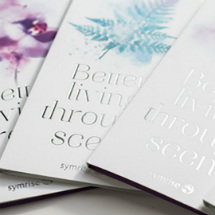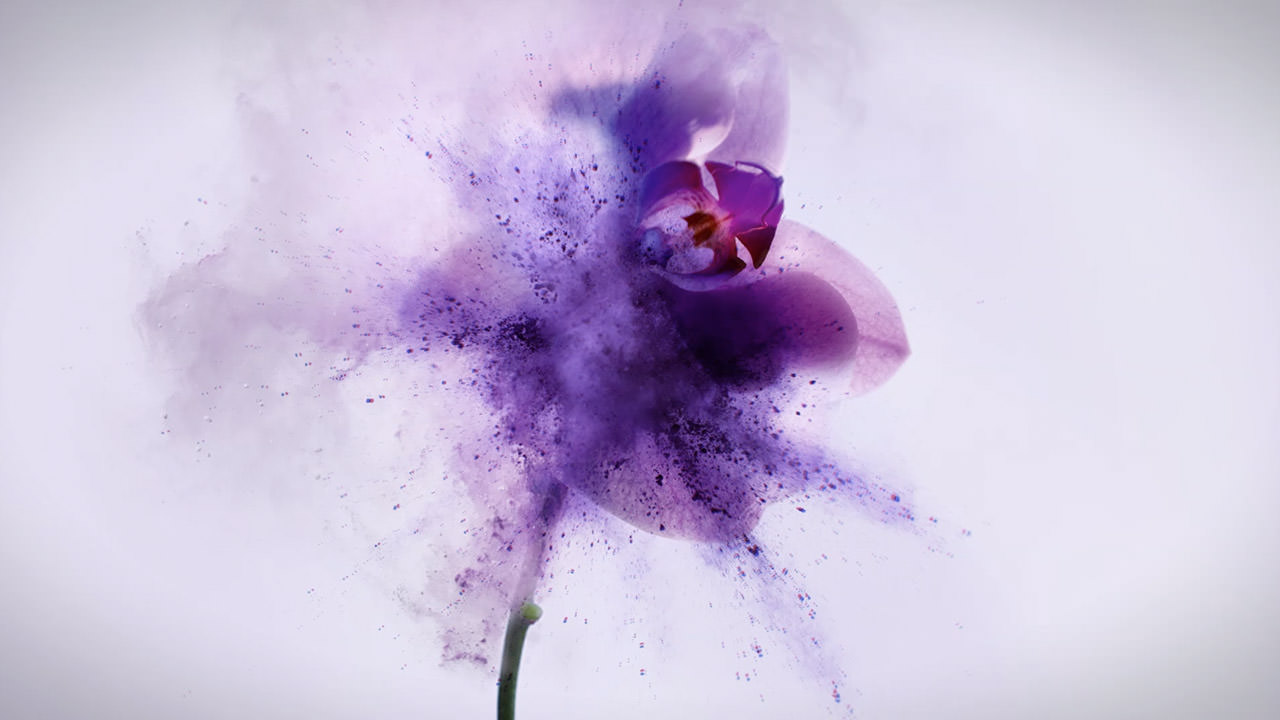With a rich and diverse history that stretches back to the 1800s, Symrise has created and developed some of the most widely used processes and ingredients that have profoundly influenced the trajectory of modern perfumery. It started with the first synthesis of vanillin from coniferin in 1874 by Haarmann & Reimer. No longer dependent on the farming and shipping of vanilla, creating beautifully memorable scents was suddenly affordable, as sourcing became consistent and reliable, with Haarmann & Reimer continuing to advance the production of vanillin for the next 100 years.
In the late 1800s, experimentation was everywhere and France was no exception. In 1878 chemist Georges de Laire created a new type of base, which served as the foundation of haute perfumery and has inspired many of the world’s most iconic fragrances. These bases consisted of the newly available synthetic materials such as Vanillin mixed with precious natural raw materials.
In 1889, his iconic deLaire base Ambre 83, containing synthetic vanillin and exquisite natural materials including vetiver, patchouli and jasmine, led to the creation of Jicky de Guerlain, the oldest continually produced fine fragrance in the world, which is still sold today. But de Laire didn’t stop there. Fabriques de Laire became an important source of synthetic aroma chemicals, bases and finished fragrances that defined their eras, utilized by the houses of Guerlain, Rochas and Chanel.
In 1987, Florasynth, a niche fragrance house was acquired by H&R, contributing a long legacy of crafting iconic fragrances such as Charlie by Revlon, Joop!, and Bel Ami by Hermès. Guided by an overwhelming belief in creativity above all, Florasynth’s ethos lives on through our perfumers collaborating with each other for the greater good, striving to develop the most beautiful fragrances possible. Further, advancing the fragrance formulation process, Florasnyth purchased the rights to de Laire bases in 1985, providing unlimited access to these iconic formulas.
In 2003, Symrise was born by the merger of Haarmann & Reimer (H&R) and Dragoco, both based in Holzminden, Germany, to create the company we are today.
Always looking towards the future, our master perfumer teams continue to explore the boundaries of fragrance, collaborating to create new de Laire bases for the fragrances of today, ushering these iconic and essential bases into the modern era, and bringing new opportunities for cutting edge creativity.






